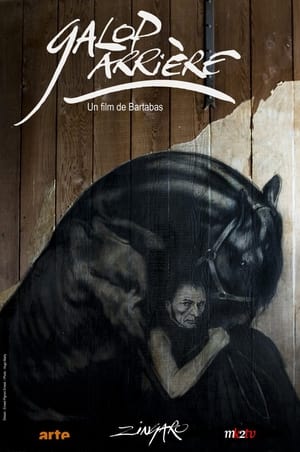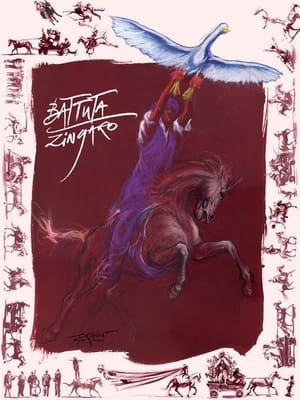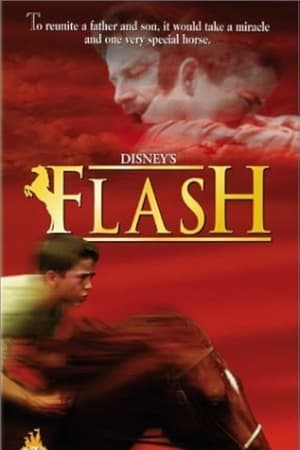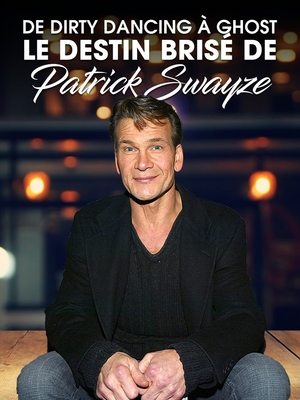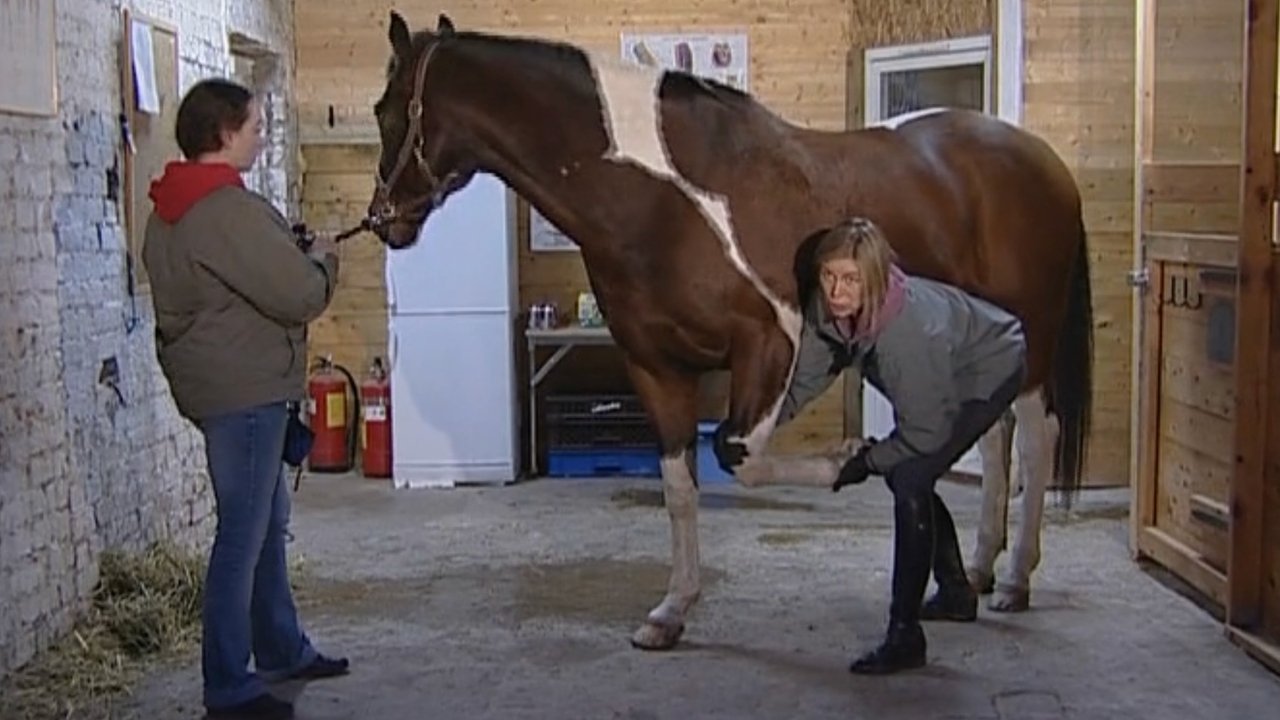
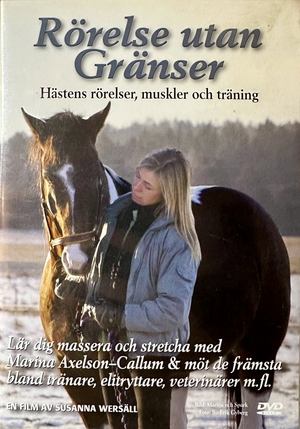
Rörelse utan Gränser(2006)
Hästens rörelser, muskler och träning
A thorough instruction in horse massage and stretching
Movie: Rörelse utan Gränser
Top 9 Billed Cast
Self
Self
Self
Self
Self
Self
Self
Self
Self

Rörelse utan Gränser
HomePage
Overview
A thorough instruction in horse massage and stretching
Release Date
2006-01-01
Average
0
Rating:
0.0 startsTagline
Hästens rörelser, muskler och träning
Genres
Languages:
svenskaKeywords
Similar Movies
 0.0
0.040 jours, 4 criollos et du silence(fr)
Jean-François Pignon, a renowned wild horses trainer, sets himself a new challenge : to tame four horses in their natural habitat, in the famous french singer Florent Pagny's campo. During these 40 days of an initiatory trip in Patagonia, he will use his knowledge and patience. Little by little, magic happens...
Tale of a Trotter(en)
This short follows the life of a harness racehorse named "Spunky" from foal, through training, to the finish of his first race at Yonkers Raceway.
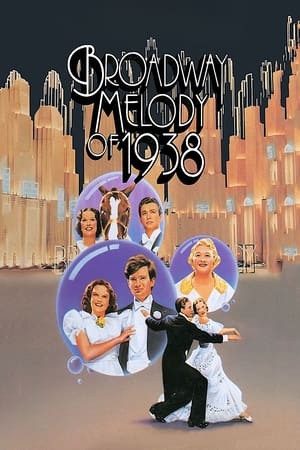 6.2
6.2Broadway Melody of 1938(en)
Steve Raleight wants to produce a show on Broadway. He finds a backer, Herman Whipple and a leading lady, Sally Lee. But Caroline Whipple forces Steve to use a known star, not a newcomer. Sally purchases a horse, she used to train when her parents had a farm before the depression and with to ex-vaudevillians, Sonny Ledford and Peter Trott she trains it to win a race, providing the money Steve needs for his show.
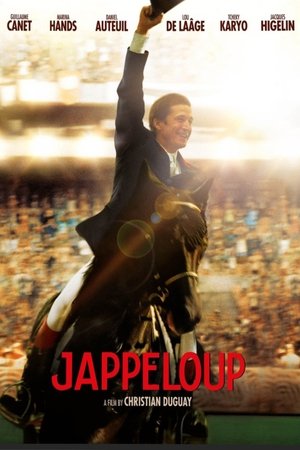 7.1
7.1Jappeloup(fr)
A true sports story that utterly defies the odds, Duguay’s film captures the wild ups and downs of the Olympics-bound career of legendary equine star Jappeloup and his troubled rider, locked in a tense relationship with his horseman father and forever uncertain of his own skills as an equestrian
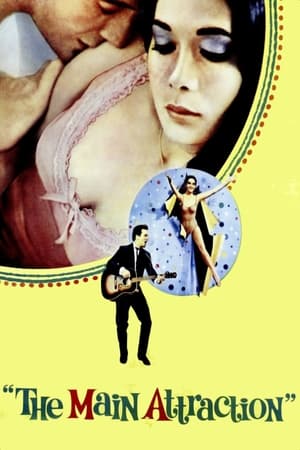 3.4
3.4The Main Attraction(en)
An affable drifter on the lam for a murder he didn't commit hides out in a circus.
 6.9
6.9Olympia: Part One – Festival of the Nations(de)
Commissioned to make a propaganda film about the 1936 Olympic Games in Germany, director Leni Riefenstahl created a celebration of the human form. This first half of her two-part film opens with a renowned introduction that compares modern Olympians to classical Greek heroes, then goes on to provide thrilling in-the-moment coverage of some of the games' most celebrated moments, including African-American athlete Jesse Owens winning a then-unprecedented four gold medals.
 6.7
6.7Olympia: Part Two – Festival of Beauty(de)
Commissioned to make a propaganda film about the 1936 Olympic Games in Germany, director Leni Riefenstahl created a celebration of the human form. Where the two-part epic's first half, Festival of the Nations, focused on the international aspects of the 1936 Olympic Games held in Berlin, part two, The Festival of Beauty, concentrates on individual athletes such as equestrians, gymnasts, and swimmers, climaxing with American Glenn Morris' performance in the decathalon and the games' majestic closing ceremonies.
 6.7
6.7Workers Leaving the Lumière Factory(fr)
Working men and women leave through the main gate of the Lumière factory in Lyon, France. Filmed on 22 March 1895, it is often referred to as the first real motion picture ever made, although Louis Le Prince's 1888 Roundhay Garden Scene pre-dated it by seven years. Three separate versions of this film exist, which differ from one another in numerous ways. The first version features a carriage drawn by one horse, while in the second version the carriage is drawn by two horses, and there is no carriage at all in the third version. The clothing style is also different between the three versions, demonstrating the different seasons in which each was filmed. This film was made in the 35 mm format with an aspect ratio of 1.33:1, and at a speed of 16 frames per second. At that rate, the 17 meters of film length provided a duration of 46 seconds, holding a total of 800 frames.
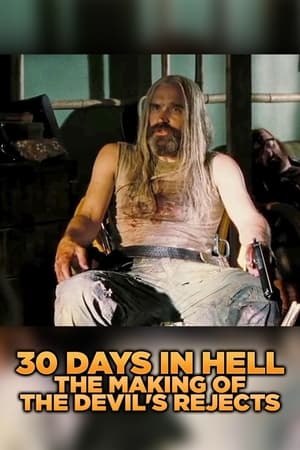 10.0
10.030 Days in Hell: The Making of 'The Devil's Rejects'(en)
An exhaustive, detailed documentary on the 30-day film shoot of "The Devil's Rejects"
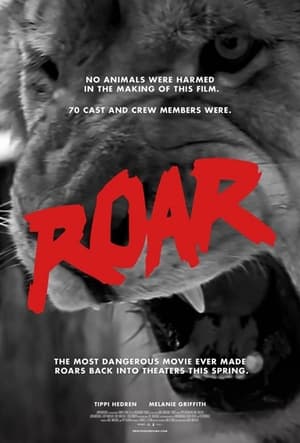 0.0
0.0The Making of Roar(en)
A production of Roar (1981) had special demands on both cast and crew. Learn about this incredible film and about the amazing people who made ROAR possible.
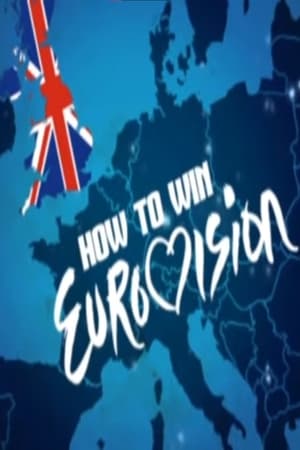 0.0
0.0How to Win Eurovision(en)
Greg James and Russell Kane present a look at all the ingredients needed to become a Eurovision winner, celebrating the UK's successes and also its hall of shame.
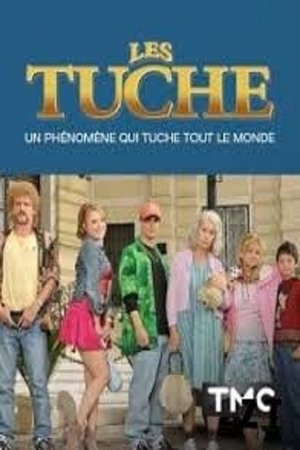 7.2
7.2Les Tuche : un phénomène qui tuche tout le monde(fr)
The phenomenon took everyone by surprise. In the span of three years, despite the mixed reception from the press upon its release in 2011, the Tuche family, a group of eccentric unemployed individuals, found a place in the hearts of the audience. With over eight million viewers during the television broadcast of the first installment and 4.6 million box office admissions for the second part, it became the biggest French success of 2016. The Tuche family has become a phenomenon. Word of mouth gave the film a second life beyond theaters, turning this tribe into the most popular family in French cinema.
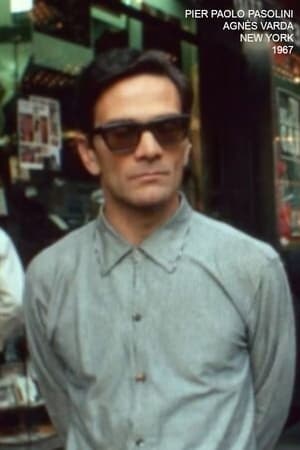 7.1
7.1Pier Paolo Pasolini - Agnès Varda - New York - 1967(fr)
Holding her 16mm camera, an optical prosthesis for a 20th-century stroller, Agnès Varda filmed 42nd Street in NYC in 1967, filming crowds of passers-by to the beat of the Doors. Recovered from the French director's boxes, with images of Varda, Pasolini and New York. Pasolini is shown walking in the Big Apple (where he went to present 'Hawks and Sparrows').
 6.5
6.5When Eurovision Goes Horribly Wrong(en)
Angela Rippon presents a guide to some of the Eurovision Song Contest's most disastrous moments. Including the kiss that ruined the chances of Danish singer Birthe Wilke.
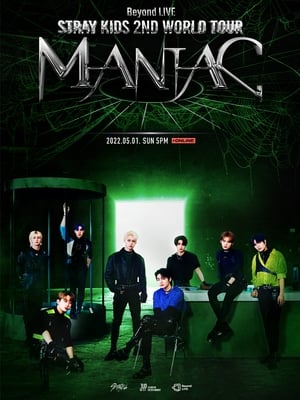 10.0
10.0Beyond LIVE – Stray Kids 2nd World Tour “MANIAC” in SEOUL(ko)
Stray Kids 2nd World Tour ‘MANIAC’! Are you ready to join the grand beginning of Stray Kids’ new world tour that will captivate STAY all around the world? Stray Kids will be showcasing their upgraded performances for global fans for the first time in 2 years and 5 months!
